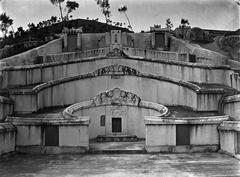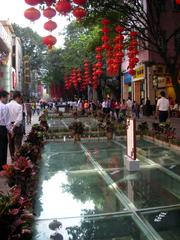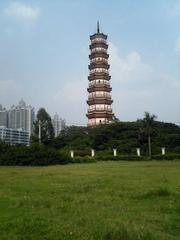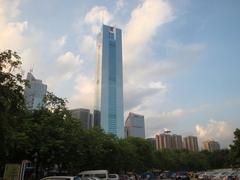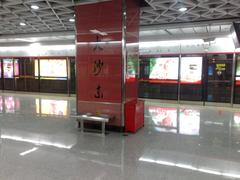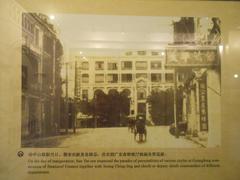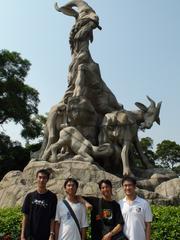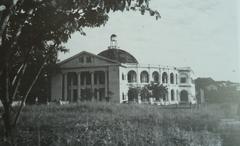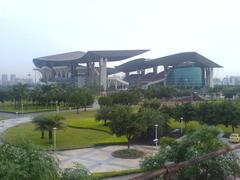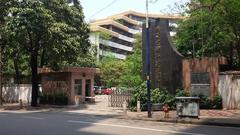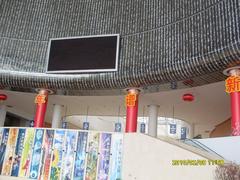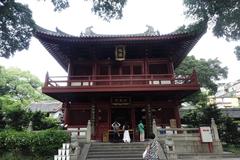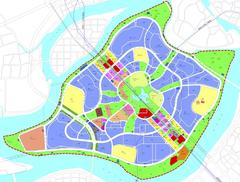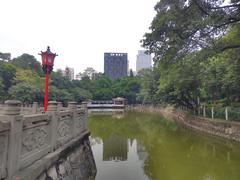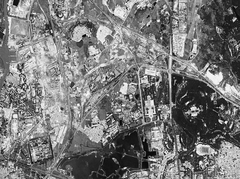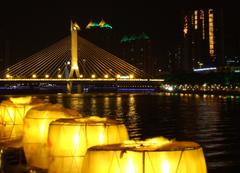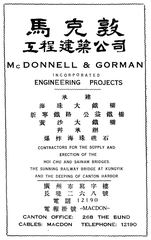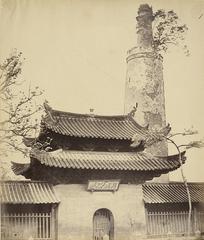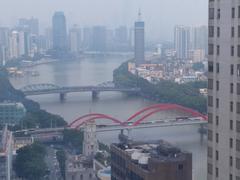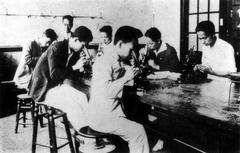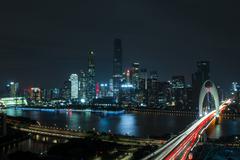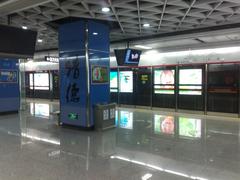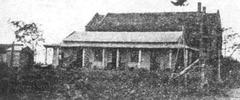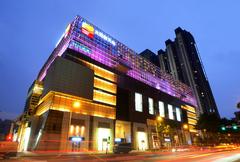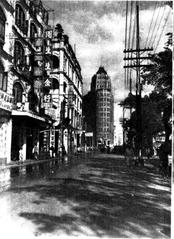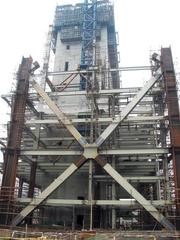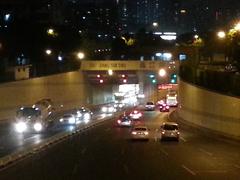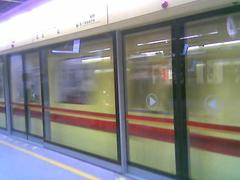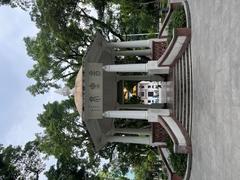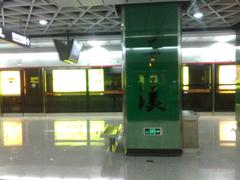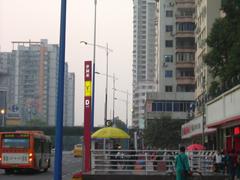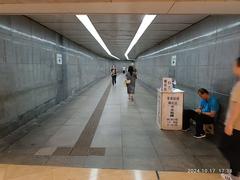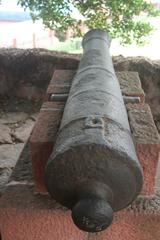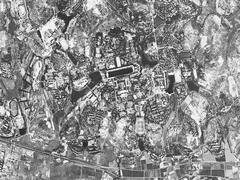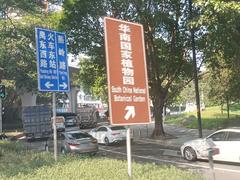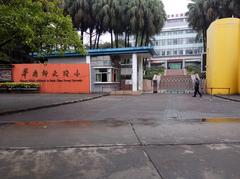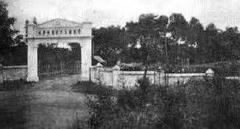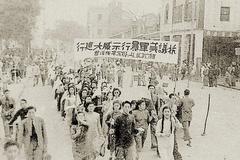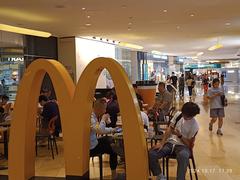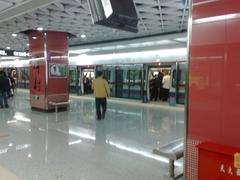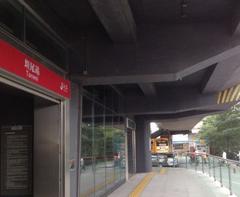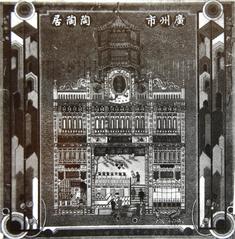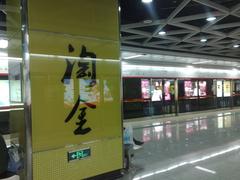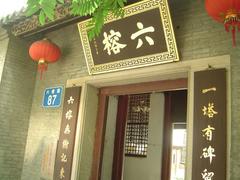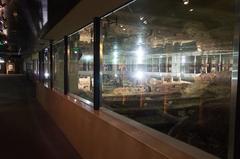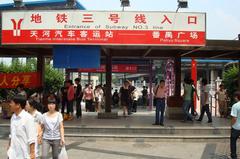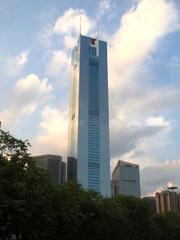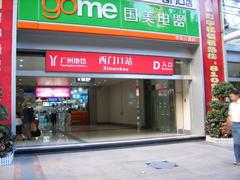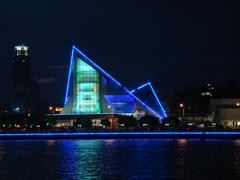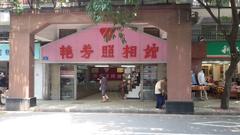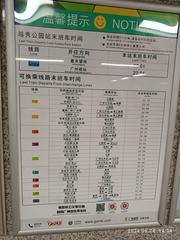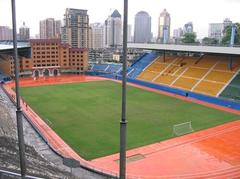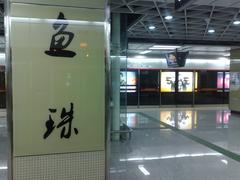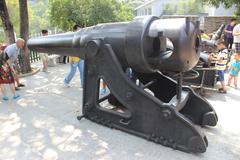Shuanggang Station Guangzhou: Visiting Hours, Tickets, and Travel Guide
Date: 15/06/2025
Introduction
Shuanggang Station is a pivotal node within Guangzhou’s rapidly expanding metro network, strategically located in the Huangpu District. As an interchange between Line 13 and the newly inaugurated Line 11, Shuanggang Station exemplifies Guangzhou’s commitment to transit-oriented development, urban renewal, and cultural integration. With state-of-the-art facilities and seamless connections to both modern neighborhoods and historical landmarks, the station serves as an ideal entry point for commuters, cultural explorers, and visitors seeking to experience the dynamic pulse of Guangzhou.
This comprehensive guide provides detailed information on Shuanggang Station’s operating hours, ticketing, accessibility, nearby attractions, and practical travel tips, ensuring a smooth and enriching visit to Guangzhou (Metroeasy.com; TravelChinaGuide.com; LifeofGuangzhou.com).
The Significance of Shuanggang Station
Urban Mobility and Regional Connectivity
Since the launch of Guangzhou’s metro system in 1997, the network has grown to over 390 kilometers, comprising 13 lines and more than 230 stations (Metroeasy.com). Shuanggang Station, positioned on major transit corridors, enhances east-west and circular connectivity, linking the industrial, commercial, and residential zones of Huangpu and the Greater Bay Area. Its integration into the “3km development adsorption axis” supports the city’s sustainable urbanization and economic development (Uandujournal.com).
Architectural Features and Facilities
Shuanggang Station is designed for passenger comfort and efficient flow, offering:
- Barrier-free access, including elevators, ramps, and tactile paving
- Multilingual signage (Chinese and English)
- Clean, accessible restrooms and nursing rooms
- Surveillance and modern safety systems
- Connections to local bus routes, bicycle parking, and taxi stands
- Convenience stores and information desks
- Free Wi-Fi at major stations
The architectural style incorporates Lingnan cultural motifs, blending the city’s heritage with modern infrastructure (LifeofGuangzhou.com).
Essential Visitor Information
Operating Hours
- Daily: 6:00 AM – 11:30 PM (Check for possible adjustments on holidays or during special events.)
- Train Frequency: Every 2–6 minutes during peak hours; 8–12 minutes off-peak (TravelChinaGuide.com).
Ticketing and Fares
- Fares: Distance-based, starting at ¥2 (CNY), up to ¥17 on longer routes
- Purchase Options: Automated ticket machines (Chinese/English), Guangzhou Metro official app, contactless Yang Cheng Tong card, Alipay, and WeChat Pay
- Tip: Always keep your ticket or card to exit the station
Accessibility
- Fully equipped for passengers with reduced mobility: elevators, ramps, tactile pathways
- Multilingual announcements and clear station maps enhance navigation
Getting to Shuanggang Station
- By Metro: Access via Line 13 or Line 11. For transfers, use Yuzhu (Line 5/13) or connect from central hubs via Lines 2, 3, or 6.
- From Main Train Stations:
- From Guangzhou South: Line 2 → Yuzhu → Line 13
- From Guangzhou East: Line 3 → Yantang → Line 6 → Yuzhu → Line 13
- By Taxi/Ride-hailing: Approximately 30–50 minutes from downtown, depending on traffic
Exploring the Surroundings
Cultural and Historical Sites Nearby
Shuanggang Station is not a destination itself, but it offers easy access to several of Guangzhou’s most cherished sites:
- Chen Clan Ancestral Hall: A prime example of Lingnan architecture and folk art
- Sun Yat-sen Memorial Hall: Honoring the founder of modern China
- Temple of the Six Banyan Trees: Famed for its ancient pagodas (Wanderlog.com)
- Huangpu Military Academy (on Changzhou Island): Historic military school, now a museum (free entry; real-name booking required)
- Lingnan Impression Park: Traditional culture, restored architecture, and folk performances
Directions to these sites are straightforward via connected metro lines or short taxi/bus rides.
Parks, Markets, and Food Streets
- Shuanggang Cultural Park: Community events and public art installations
- Local Food Streets: Authentic Cantonese dim sum, clay pot rice, and street snacks are plentiful
- Pearl River Promenade: For scenic walks and evening views
Travel Tips
- Best Time to Visit: Weekdays, mid-morning or mid-afternoon to avoid crowds
- Safety: Security screening at entrances; visible staff and surveillance for passenger safety
- Etiquette: Queue in orderly fashion, stand on right side of escalators, and keep conversations quiet
- Weather: Light clothing in summer, umbrella in rainy season (Chinadiscovery.com)
Special Events and Photo Opportunities
- Cultural Events: Occasional markets and festivals held in the station’s plazas
- Photography: Modern architecture and Lingnan motifs provide excellent backdrops
Connectivity and Internet
- Free Wi-Fi in most stations (variable speed)
- Mobile Data: Consider a local SIM card or portable Wi-Fi device for reliable access
- VPN: Download before arrival if you need access to global websites
Frequently Asked Questions (FAQ)
Q: What are Shuanggang Station’s operating hours?
A: 6:00 AM – 11:30 PM daily; check the official website for changes.
Q: How can I buy tickets?
A: Use ticket machines (cash/mobile pay), Yang Cheng Tong card, or the Guangzhou Metro app.
Q: Is the station accessible for people with disabilities?
A: Yes, with elevators, ramps, and tactile paving.
Q: Are there guided tours for nearby attractions?
A: While not at the station itself, local tour operators and information desks can facilitate tours to major sites.
Q: Are there luggage storage options?
A: No dedicated lockers; check nearby commercial centers for storage facilities.
Day Trips and Extended Excursions
- Yuexiu Park: Historic sculptures and city views
- Shamian Island: Riverside colonial architecture and cafés (The Broke Backpacker)
- Chimelong Safari Park: Family-friendly attractions accessible via metro and bus (Chinadiscovery.com)
Culinary Experiences
Sample authentic Lingnan cuisine at local eateries near the station:
- Dim Sum: A Cantonese staple
- Street Food: Roast goose, wonton noodles, and sweet desserts
- Tea Houses: Experience traditional Cantonese tea culture (TripJive.com)
Practical Tips
- Use Yang Cheng Tong card for seamless travel across metro, bus, and ferry (TripJive.com)
- English signage is standard, but basic Mandarin or Cantonese helps
- Attractions booking: Some require real-name reservations; book via Klook, Trip.com, or Viator
- Stay hydrated and avoid peak hours for comfort
Integration with Guangzhou’s Future Vision
Shuanggang Station is central to Guangzhou’s 2049 urban design strategy, supporting sustainable transit, regional commerce, and the city’s goal to become a world-class metropolis (Uandujournal.com).
Conclusion
Shuanggang Station is more than a transit point; it is a gateway to the vibrant life, rich history, and cultural diversity of Guangzhou. With modern amenities, excellent connectivity, and proximity to iconic sites, it offers both convenience and a unique urban experience. For the latest schedules, travel tips, and cultural updates, use the Guangzhou Metro Official Website and consider downloading the Audiala app for real-time transit updates and personalized guides.
Sources and Further Reading
- Metroeasy.com
- TravelChinaGuide.com
- LifeofGuangzhou.com
- Uandujournal.com
- Chinadiscovery.com
- TripJive.com
- Wanderlog.com
- The Broke Backpacker
- NewsGD
